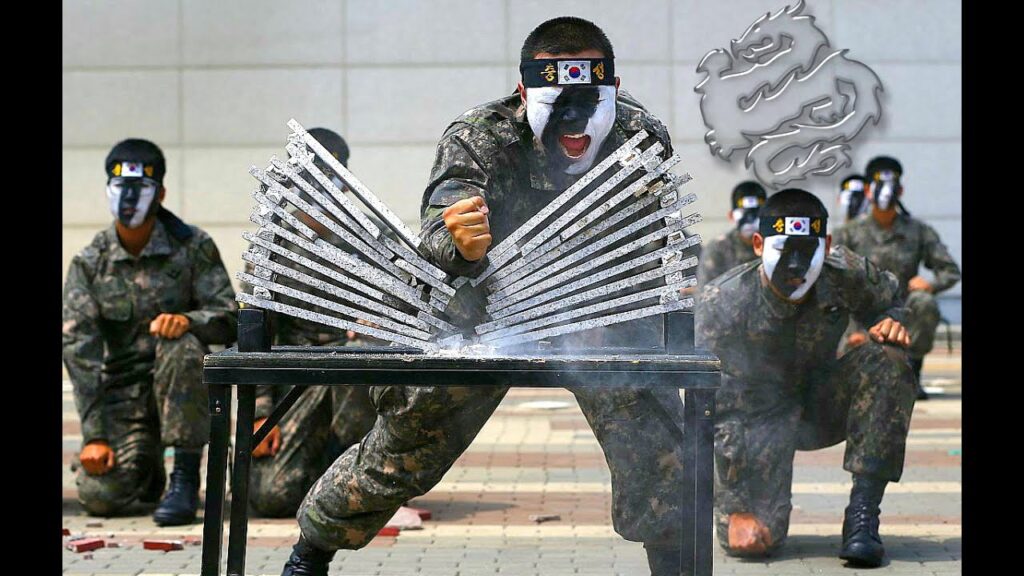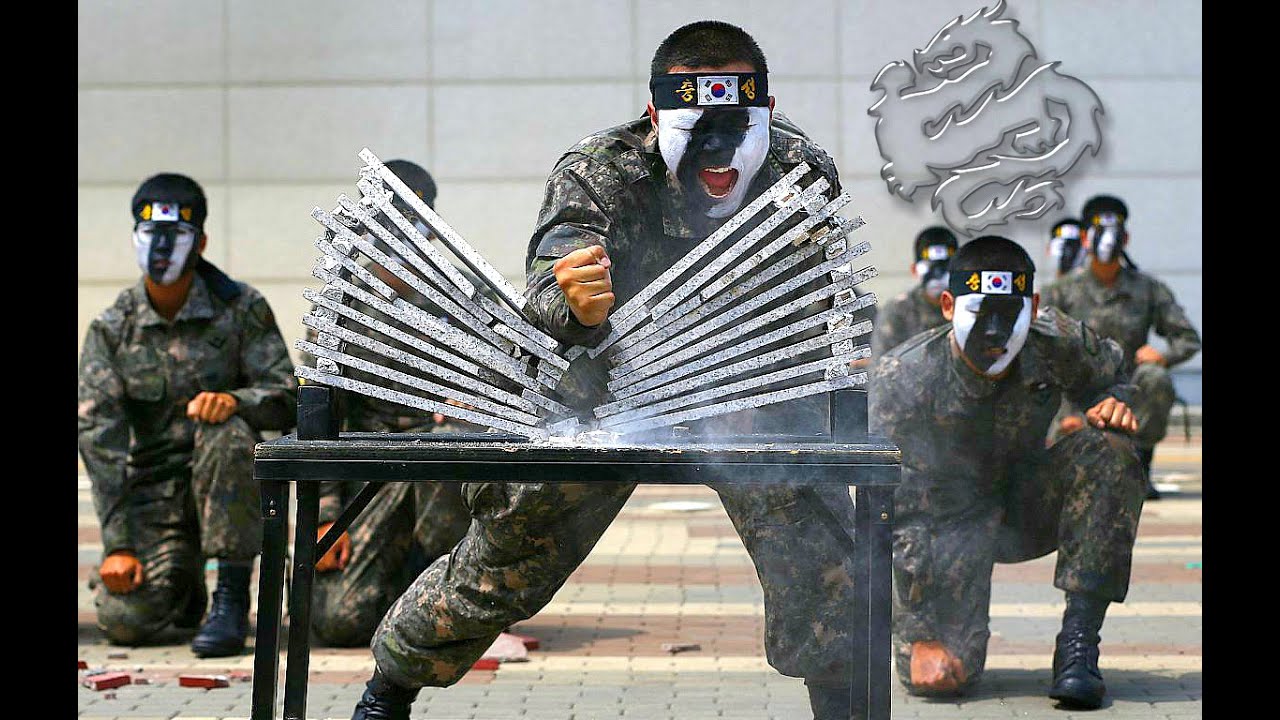
What is the Most Brutal Martial Art? Exploring Effectiveness and Real-World Application
The quest to determine what is the most brutal martial art is a complex one, fraught with subjective opinions and varying definitions of “brutal.” Brutality, in this context, can refer to the intensity of training, the potential for inflicting serious injury, or the overall ruthlessness of the techniques employed. This article will delve into several martial arts often cited as being among the most brutal, examining their techniques, training methodologies, and real-world applications to help you understand the nuances behind this controversial topic.
Defining Brutality in Martial Arts
Before we can identify what is the most brutal martial art, we must first define what we mean by “brutal.” Is it the martial art with the highest injury rate during training? The one most likely to cause permanent damage in a fight? Or the one with the most efficient and devastating techniques? The answer likely lies in a combination of these factors. Furthermore, the context matters greatly. A martial art used for self-defense on the street will have different applications and potentially different levels of brutality than one practiced in a controlled sporting environment.
Contenders for the Title of Most Brutal Martial Art
Several martial arts are frequently mentioned when discussing the most brutal disciplines. Each has its unique characteristics and a distinct approach to combat.
Muay Thai (Thai Boxing)
Muay Thai, often referred to as the “art of eight limbs,” is renowned for its devastating striking techniques. Practitioners utilize punches, kicks, knees, and elbows to inflict maximum damage. The training is notoriously rigorous, emphasizing conditioning, power, and mental toughness. Shin conditioning, in particular, is a brutal process designed to desensitize the bones and increase striking power. In the ring, Muay Thai fighters are known for their relentless aggression and willingness to absorb significant punishment. The potential for knockouts and serious injuries is high, making Muay Thai a strong contender for what is the most brutal martial art.
Krav Maga
Developed for the Israeli military, Krav Maga is a self-defense system designed for real-world combat. It prioritizes efficiency and effectiveness, often employing techniques considered too dangerous for sporting competitions. Eye gouges, groin strikes, and throat attacks are all part of the Krav Maga arsenal. The focus is on neutralizing threats quickly and decisively, regardless of the consequences for the attacker. Krav Maga training emphasizes situational awareness and the ability to react instinctively under pressure. Its no-holds-barred approach and emphasis on incapacitation make it a strong contender for what is the most brutal martial art. [See also: Krav Maga vs. Other Martial Arts]
Vale Tudo
A precursor to modern Mixed Martial Arts (MMA), Vale Tudo (Portuguese for “anything goes”) is a combat sport with minimal rules. Historically, Vale Tudo competitions were known for their extreme violence and lack of regulation. Fighters often competed with limited protective gear, and techniques like headbutts and groin strikes were permitted. While modern MMA has evolved to incorporate more rules and safety measures, the legacy of Vale Tudo as a brutal and unforgiving fighting style remains. Its historical precedent contributes to the discussion of what is the most brutal martial art.
Ninjutsu
Ninjutsu, the martial art of the ninja, is shrouded in secrecy and mystique. While often romanticized in popular culture, the reality of Ninjutsu is far more pragmatic and often brutal. Historically, ninja were tasked with espionage, assassination, and sabotage. Their training emphasized stealth, deception, and the use of unconventional weapons. Techniques were designed to be lethal and efficient, with a focus on exploiting vulnerabilities. While modern Ninjutsu schools may not emphasize lethal techniques to the same degree, the underlying principles remain rooted in a practical and often brutal approach to combat. The historical context positions Ninjutsu in the conversation about what is the most brutal martial art.
Systema
Systema is a Russian martial art developed for special forces. It emphasizes natural movement, relaxation, and adaptability. Systema training focuses on developing the ability to react instinctively to threats, using the body’s natural reflexes to defend against attacks. While it may appear less overtly aggressive than some other martial arts, Systema’s effectiveness lies in its ability to exploit an opponent’s weaknesses and vulnerabilities. Techniques often involve joint manipulation, pressure points, and strikes to vital areas, making it a highly effective and potentially brutal fighting system. The focus on incapacitation solidifies Systema’s place in any discussion regarding what is the most brutal martial art. [See also: Systema Training Methods]
Kyokushin Karate
Kyokushin Karate is a full-contact style known for its demanding training and emphasis on power and endurance. Fighters often engage in bare-knuckle sparring and conditioning drills designed to toughen the body and mind. Kyokushin tournaments are known for their intensity and the high rate of knockouts. While some strikes to the head are prohibited in competition, the overall emphasis on full-contact combat makes Kyokushin a challenging and potentially brutal martial art. The rigorous training regime contributes to the perception of Kyokushin as a contender for what is the most brutal martial art.
Factors Contributing to Brutality
Several factors contribute to the perceived brutality of a martial art:
- Techniques: The types of techniques employed, such as eye gouges, groin strikes, or joint breaks, directly impact the potential for serious injury.
- Training Methodology: Rigorous training regimens, including full-contact sparring and conditioning drills, can increase the risk of injury and contribute to the overall brutality.
- Rules and Regulations: The presence or absence of rules and regulations significantly affects the potential for harm. Martial arts with minimal rules tend to be more brutal.
- Intent: The intended purpose of the martial art, whether for self-defense, military combat, or sporting competition, influences the techniques and training methods employed.
The Importance of Context
It’s crucial to remember that the “brutality” of a martial art is often context-dependent. A technique considered brutal in a sporting environment may be perfectly acceptable in a self-defense situation. Similarly, a martial art designed for military combat will likely be more brutal than one intended for recreational fitness. When considering what is the most brutal martial art, it is essential to consider the purpose and intended application of the discipline.
Ethical Considerations
The discussion of brutal martial arts also raises ethical considerations. While self-defense is a legitimate and necessary skill, the use of excessive force can have serious legal and moral consequences. It is essential to train responsibly and to understand the limitations of using potentially lethal techniques. The pursuit of knowledge in these martial arts should be coupled with a strong moral compass and a commitment to responsible application.
Conclusion: So, What is the Most Brutal Martial Art?
Ultimately, determining what is the most brutal martial art is a subjective exercise. Each of the martial arts discussed above possesses unique characteristics that contribute to its perceived brutality. Muay Thai’s devastating striking power, Krav Maga’s no-holds-barred approach, and Systema’s focus on exploiting vulnerabilities all make them strong contenders. The “most brutal” martial art depends on the specific criteria used to define brutality. For self-defense, Krav Maga might be considered the most brutal due to its focus on quick incapacitation. For pure striking power, Muay Thai may take the lead. The important takeaway is to understand the potential consequences of each art and to train responsibly. The question of what is the most brutal martial art leads to a deeper appreciation of the effectiveness, dangers, and ethical considerations inherent in various combat disciplines. The exploration of what is the most brutal martial art showcases the diverse approaches to combat and the importance of understanding the context in which these arts are practiced. The debate about what is the most brutal martial art is ongoing, reflecting the complex relationship between martial arts, violence, and self-preservation. Further research into each martial art can provide a more nuanced understanding of their techniques and philosophies. Therefore, while a definitive answer to what is the most brutal martial art remains elusive, the exploration itself offers valuable insights into the world of martial arts and their application in real-world scenarios. The exploration of what is the most brutal martial art is a continuous journey, shaped by evolving techniques, ethical considerations, and the ever-changing landscape of combat. The question of what is the most brutal martial art continues to fascinate martial arts enthusiasts and practitioners alike.

